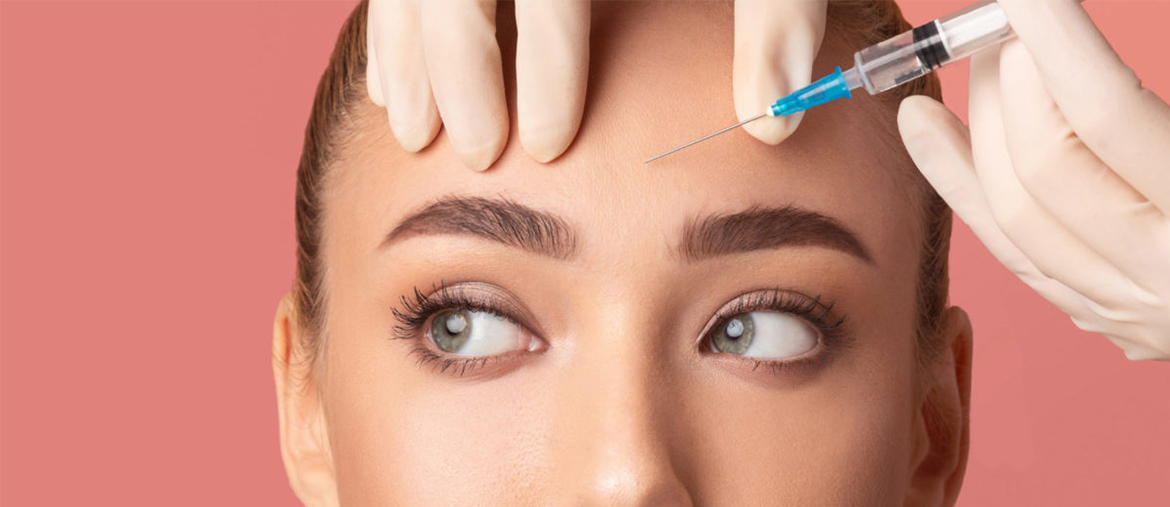Botox Injections for Chronic Migraine Treatment Services in Plano, TX

1.BOTULINUM TOXIN (BOTOX) INJECTIONS
What is Botox?
Botox® is one of the most widely known brands of botulinum toxin injections. The other brands are Dysport, Xeomin and Myobloc. Botulinum toxins are neurotoxins that affect nerves and cause muscle relaxation. You might get a botulinum toxin injection for cosmetic or medical conditions.
How does Botox work?
Botox blocks nerve signals to muscles. As a result, injected muscles can’t contract (tense up). These effects are always temporary, but can last for 10-12 weeks on average. The muscles injected depends on the primary area of concern. Several areas can be treated in one session.
Neurologic conditions that can be treated with Botox:
- Chronic migraine headaches
- Cervical dystonia
- Spasticity
- Hemifacial spasms
- Blepharospasms
- Hyperhidrosis
What is Botox made of?
A bacterium called Clostridium botulinum makes the neurotoxins used in Botox. Healthcare providers use a specific type of the bacteria (type A) for medical injections.
Botulinum toxins occur naturally in soil and contaminated foods. If you consume large amounts of botulinum toxins or the bacteria get into a wound, you can develop botulism. This serious nervous system disorder affects breathing. For optimal safety and efficacy, Botox is produced in a lab. Technicians dilute and sterilize the botulinum toxins so they won’t cause botulism.
Is Botox safe?
Botox is generally safe when administered by a licensed healthcare physician. Ask your medical team if Botox injections are right for you.
Procedure Details
How should I prepare for Botox?
Make sure your healthcare provider has a current list of the medications and supplements you take. Certain medications increase the risk of bruising at the injection site. These include anticoagulants or blood thinners (Warfarin®) and nonsteroidal anti-inflammatory drugs (NSAIDs). Alcohol also makes you more prone to redness and bruising. Don’t drink for 24 hours before a procedure.
What should I expect during Botox treatment?
Your healthcare provider uses a fine needle to inject small amounts of Botox into the treatment area. Depending on the issue, you may receive several injections in different spots.
